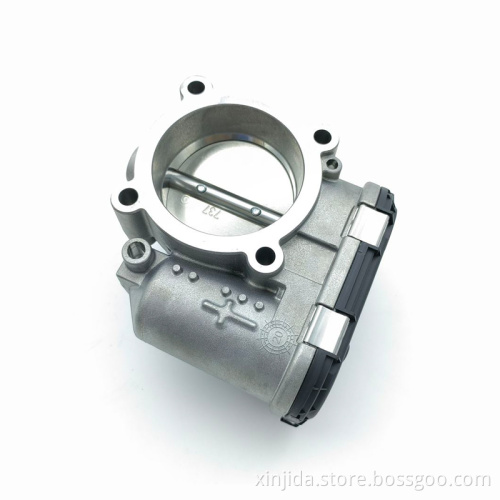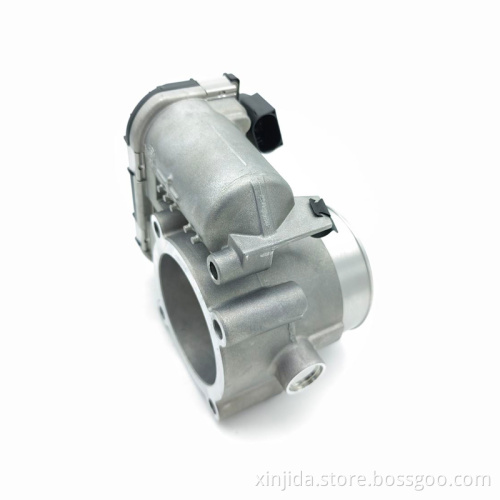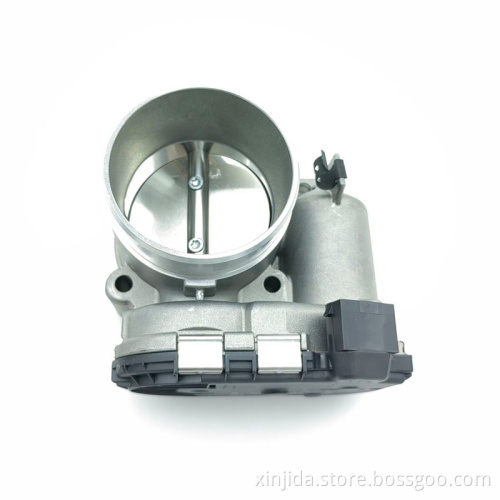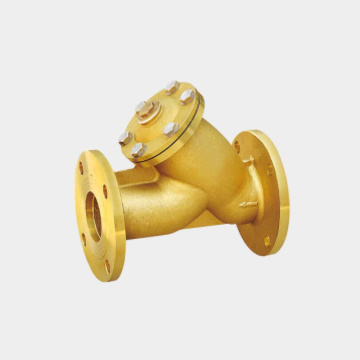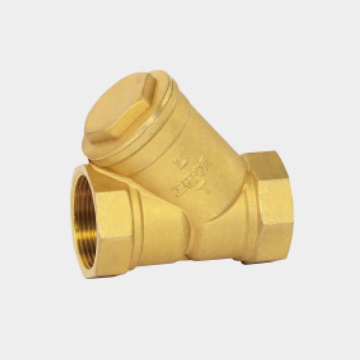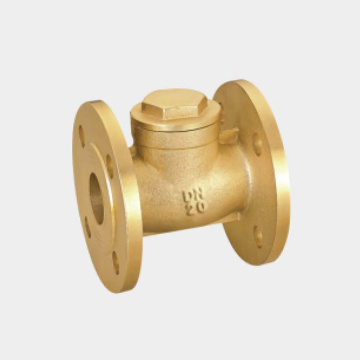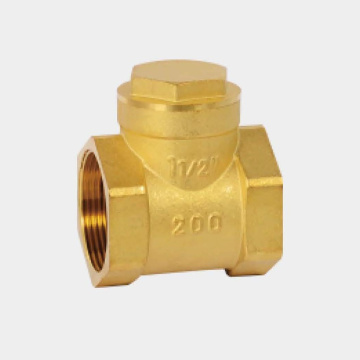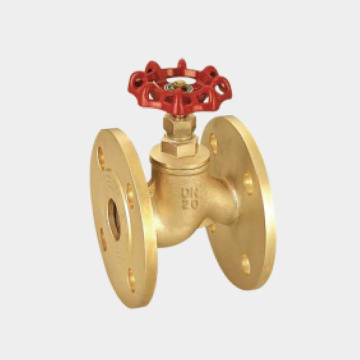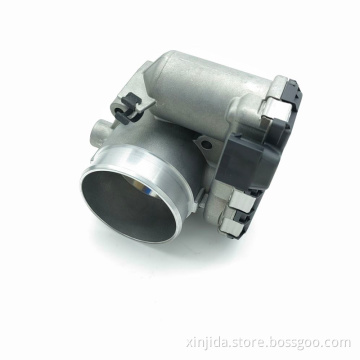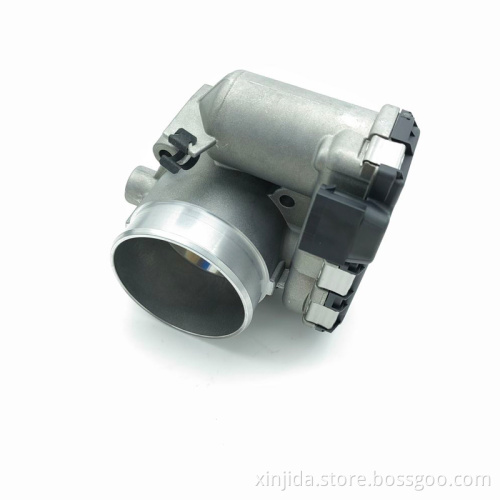
Throttle valve for controlling fluid flow
- Transportation:
- Ocean, Land
- Port:
- chongqing
Quantity:
Your message must be between 20 to 2000 characters
Contact NowBasic Info
Basic Info
| Place of Origin: | China |
|---|---|
| Productivity: | 5000 Piece/Pieces per Month |
| Supply Ability: | 5000 Piece/Pieces per Month |
| Payment Type: | T/T |
| Incoterm: | FOB |
| Transportation: | Ocean,Land |
| Port: | chongqing |
Product Description
Product Description
A throttle valve is a universal valve used to control fluid flow, usually installed on pipelines. Its function is to adjust the flow rate by changing specific parameters of the fluid (such as flow rate, pressure, cross-sectional area, etc.). In many hydraulic or pneumatic systems, throttle control valve are essential components. It can directly adjust the flow rate of the fluid to meet certain specific requirements.
The principle of a throttle valve is also very simple. The basic principle is to reduce or increase the pressure inside the pipeline by reducing or increasing it, thereby controlling the flow rate. Generally, the flow rate is adjusted by the aperture of the orifice. In this way, the effect of throttling can be effectively achieved. There are also many types of throttle valves, such as piston type throttle valves that need continuous adjustment, and for those that need to be controlled according to a fixed flow rate, they can be controlled using a flow meter that needs to be used, such as an ice type or a diaphragm type flow meter.
The application range of throttle valves is very wide. For example, in compressors, hydraulic, and pneumatic systems, the use of throttle valves is essential due to the need for precise flow control. In other fields, such as water treatment, food industry, petrochemicals, etc., adjusting the flow rate is also crucial, so throttle valves are also necessary control components.
Different throttle valves have different advantages and disadvantages. For example, a piston throttle valve can provide continuous flow control, but its processing and installation are relatively complex, while a diaphragm throttle valve can control flow without affecting system flow. In practical use, appropriate throttle valves should be selected according to needs, and proper maintenance and upkeep should be carried out to ensure their normal operation.
The principle of a throttle valve is also very simple. The basic principle is to reduce or increase the pressure inside the pipeline by reducing or increasing it, thereby controlling the flow rate. Generally, the flow rate is adjusted by the aperture of the orifice. In this way, the effect of throttling can be effectively achieved. There are also many types of throttle valves, such as piston type throttle valves that need continuous adjustment, and for those that need to be controlled according to a fixed flow rate, they can be controlled using a flow meter that needs to be used, such as an ice type or a diaphragm type flow meter.
The application range of throttle valves is very wide. For example, in compressors, hydraulic, and pneumatic systems, the use of throttle valves is essential due to the need for precise flow control. In other fields, such as water treatment, food industry, petrochemicals, etc., adjusting the flow rate is also crucial, so throttle valves are also necessary control components.
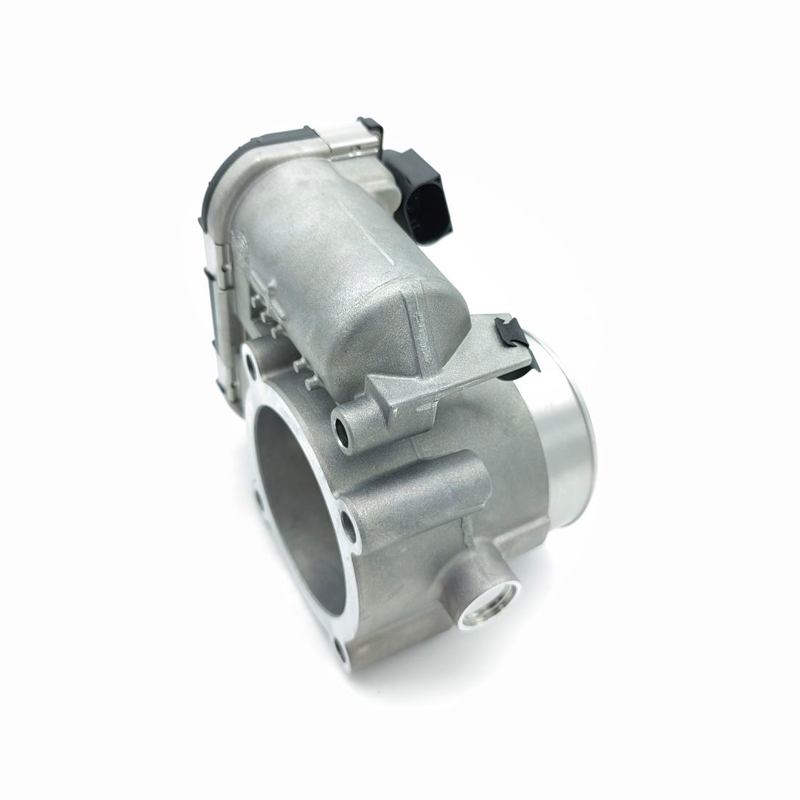
Different throttle valves have different advantages and disadvantages. For example, a piston throttle valve can provide continuous flow control, but its processing and installation are relatively complex, while a diaphragm throttle valve can control flow without affecting system flow. In practical use, appropriate throttle valves should be selected according to needs, and proper maintenance and upkeep should be carried out to ensure their normal operation.
Related Keywords
Related Keywords


